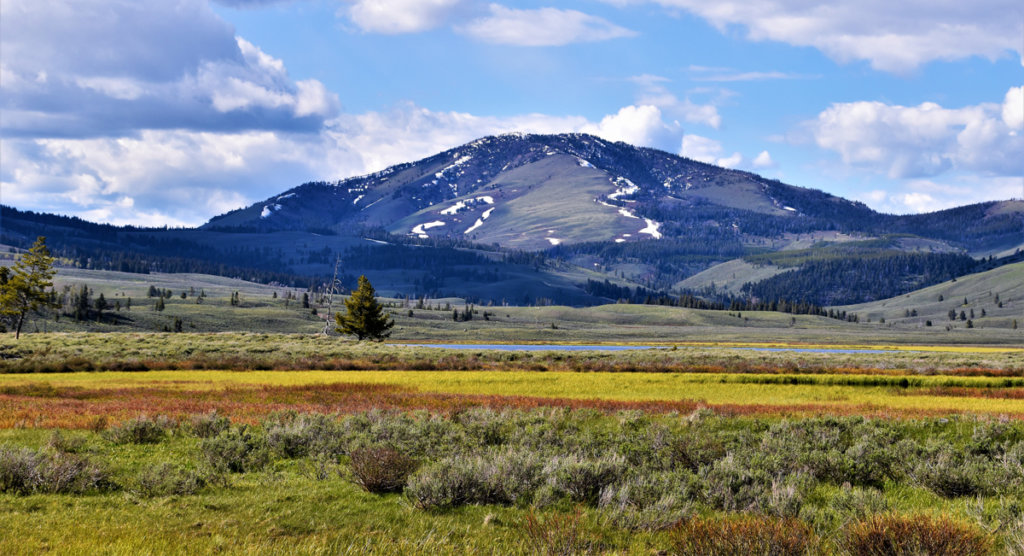Let’s talk about Lice
Unfortunately, head lice are a reality in every school in the country. According to a Centers for Disease Control and Prevention (CDC) estimate there are between 6 and 12 million cases of head lice in children ages 3-11 every year in the United States. Like it or not there will be more than one case of head lice at the Stevensville School District this year. Our goal is to identify those who have lice, provide researched based information to parents/guardians about lice and lice treatment, and make every attempt to prevent the spread.
We have a number of practices here at the school to assist with this identification and prevention. . Most importantly, we discourage head-to-head contact between students, as this is the most likely mode of transmission. Also, in each classroom the children are instructed many times on the importance of not sharing hats, coats, combs, brushes, etc. We also provide individual “cubbies” or lockers for coat/hat/backpack storage. Teachers and staff are observing for signs of head lice (head scratching, child complaints). Teachers are instructed not to have cloth items in the classroom that could serve as a transmission source for the lice. We encourage parents/guardians to contact the school if their child has lice. This is so we can do follow up with the family if needed, and we can increase our school surveillance.
We also need help from parents/guardians. It is best to have both school personnel and parents/guardians to be on the look-out for lice, especially if the child is symptomatic. Please see the attached information about head lice so you know what you are looking for. There is also information provided here about what to do in your child is infected with lice.. As always, feel free to contact the school nurse, your doctor, or your primary health care provider with any concerns or questions.
Website links for more information on head lice:
CDC: http://www.cdc.gov/parasites/lice/head/gen_info/faqs.html
National Association of School Nurses: http://www.nasn.org/ToolsResources/HeadLicePediculosisCapitis
Facts About Head Lice
Head lice are tiny parasitic insects that live very close to the human scalp and live on small amounts of blood taken from the scalp. Human head lice can only live on humans, there are no other “hosts” like dogs, cats, birds. Head lice are not known to spread disease. The CDC estimates in the United States there are between 6-12 million cases of head lice in children ages 3-11 years old!
Head lice are about the size of a sesame seed when it is in the adult phase. They can vary in color from pale white to brown. Lice can only walk, they do not jump or fly. Lice have specially adapted claw/pincers that allow them to firmly grasp strands of human hair. Once the louse is off the hair shaft it had a difficult time moving around.
Lice lay eggs (nits) on the hair shaft, very close to the scalp. Nits can be white, yellow, or brownish in color. Eggs are attached to the base of the hair shaft with a strong “glue” produced by the louse, and they are very hard to remove from the hair shaft. One louse can lay up to six eggs per day.
Diagnosis of head lice is made by the presence of symptoms, and confirmation of head lice infestation is made by the identification of a live louse on the head. The most common symptom of head lice infestation is itching of the scalp. This itching is caused by an allergic reaction to the louse saliva. Other symptoms may include: scratching of the head, small red sores or bite marks on the scalp, nits (eggs) on the hair. If any of these symptoms are present he/she should be examined by a medical professional.
Lice is most commonly spread through direct head-to-head contact with an infected person. It can also spread through the sharing of personal items such as combs, brushes, hats, coats, scarves, blankets, helmets, or pillows. Head lice affect people of all socio economic groups, races, genders, and ages.
**Treatment of head lice: there are many steps to ensure the lice are completely removed from the head and environment.
- Treatment of the hair and scalp with an FDA approved lice treatment. There are over the counter treatments as well as prescription treatments. Alternative or natural treatments are used, but have not been proven scientifically effective or approved for use by the FDA. Hair treatments include the careful combing of the hair to remove the eggs (nits). These treatments kill the live lice, but do not kill every egg. These treatments also require another re-treatment 10 days after the first. The second treatment will kill any lice on the head that have hatched since the first treatment. By doing the treatments 10 days apart, it ensures the new lice have not matured enough to lay eggs. As with all medications read and follow the directions carefully, and consult a pharmacist or medical professional with questions.
- The second part of eliminating lice is cleaning the environment the child has been in where there may be lice. All clothing, bedding, stuffed animals, hats, towels that the child has recently been in contact with should be washed in hot water (130 degrees) and dried in a hot dryer for 30 minutes. Items that cannot be washed/dried on hot cycle should be sealed in a plastic bag and kept there for 2 weeks.
- It is a good idea to do random lice checks on your children every week or two. If you find that your child does have head lice please report this to the school. It will be considered confidential health information. Having this information we can increase our school surveillance in an attempt to identify other students at school who have lice.

